Shinoda Masahiro’s Assassination (1964) is a muscular work, packed with tension and urgency and driven by the back-and-forth political crises of 1860s Japan. It is based on historical events, but assumes the viewer will be at least broadly familiar with the various incidents and personalities of Japan’s bakematsu era. Add in a non-linear story structure that keeps shifting into flashback, and the result is a well-produced and dramatic thriller than may prove impenetrable to non-Japanese viewers. It helps to watch it the first time with a Wikipedia entry in hand.
When the United States of America forces its way into trade with the Empire of Japan, its repercussions are felt throughout Japan. The Emperor, for centuries a political figurehead without power, threatens the authority of the ruling Shogunate by demanding foreigners be dispelled. To help defend the Shogun’s interests, a rag-tag army of ronin – masterless samurai – is assembled by swordsman Kiyokawa Hachiro (Tamba Tetsuro).
Assassination is a film that gives away its climax in its title. It is inevitable that Kiyokawa is going to die as a result of his political machinations, not simply to reflect the historical record but because other characters are plotting it from the get-to. He is opportunistic and untrustworthy, and as his actual plans emerge from behind what he has promised the Shogunate it palpably becomes of a matter of when he is murdered rather than if he is. Tamba Tetsuro plays the role with a rich sense of charisma and a powerful screen presence. An Academy Prize-winner for The Battle of Port Arthur (1980), he was a stalwart of Japanese cinema during the 1960s and 1970s. He is particularly strong here. Kiyokawa dominates the film, because even when he is not on-screen other characters are talking about him. A solid supporting cast includes Iwashita Shima (Shinoda’s regular collaborator and wife), Kimura Isao, Okada Eiji, and Ozawa Eitaro.
When action occurs – as it often does when most characters are carrying swords around – it is sudden, violent, and blunt. The film is shot in black and white, which allows it to be uncharacteristically liberal in bloodletting without offending any conservative sensibilities. Shinoda employs a striking technique of freezing the action in-extremis, so as to emphasise the horror of the film’s more violent moments. The film is beautifully shot throughout, taking full advantage of its historical costumes and period settings.
As a filmmaker that largely worked in the 1960s and 1970s, Shinoda never received the international exposure enjoyed by Japanese filmmakers of the preceding generation. It is a deep shame: his works, which are only now receiving significant attention and acclaim internationally, number among some of Japan’s all-time best. He is still alive too, albeit long-retired and 93 years old. I really hope he has seen his global reputation grow in recent times; it is acclaim that is well deserved.
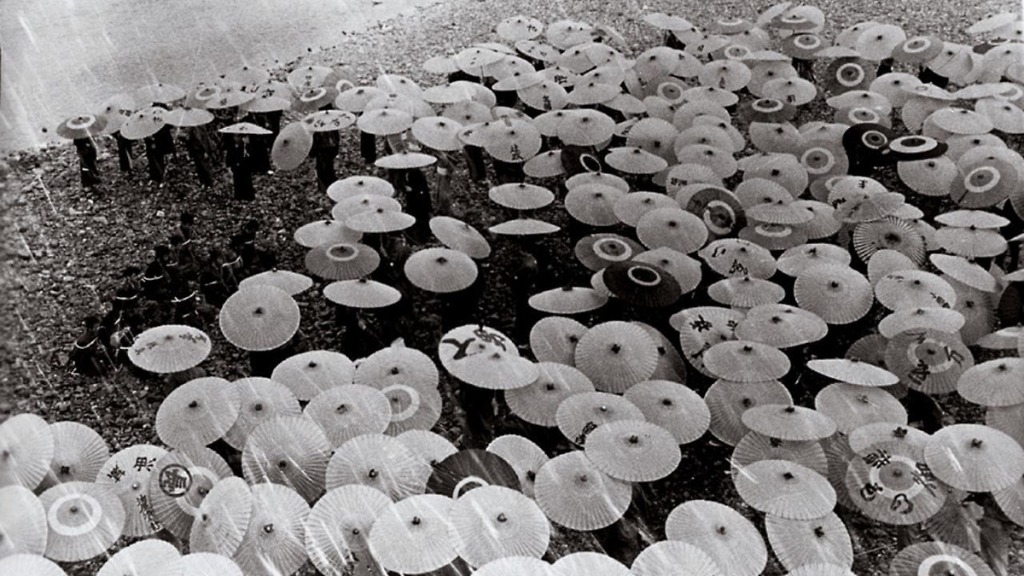
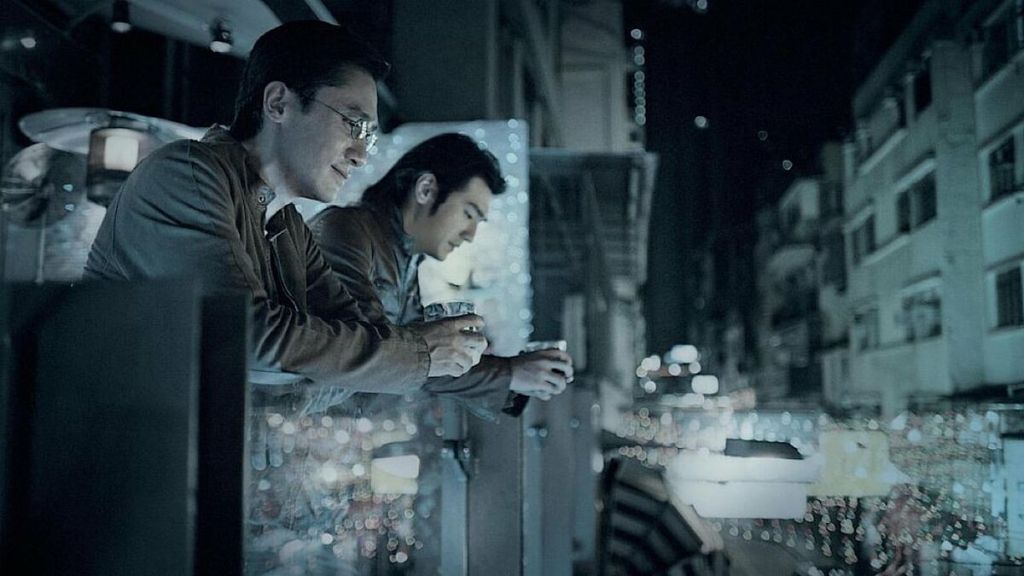
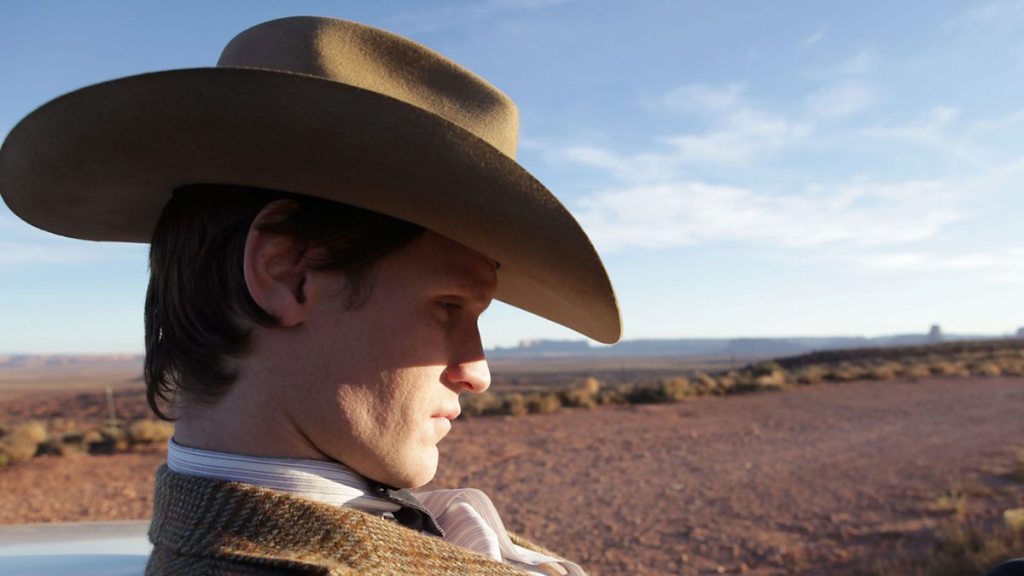
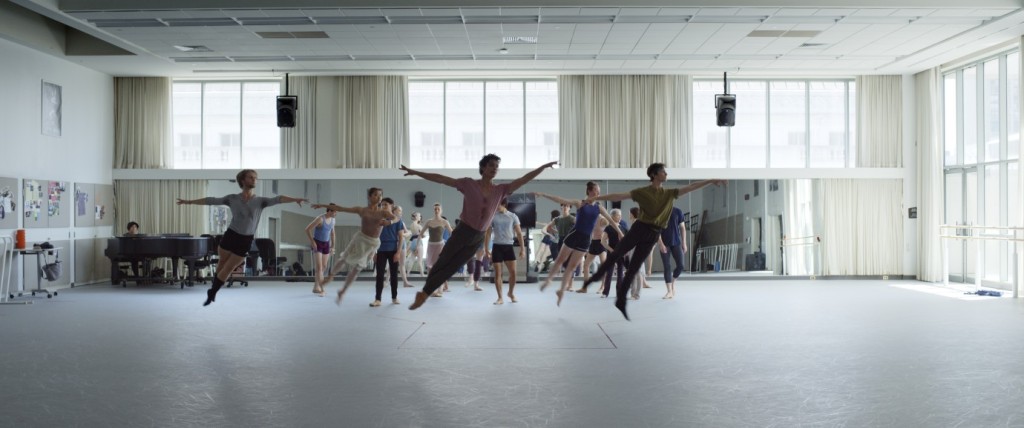
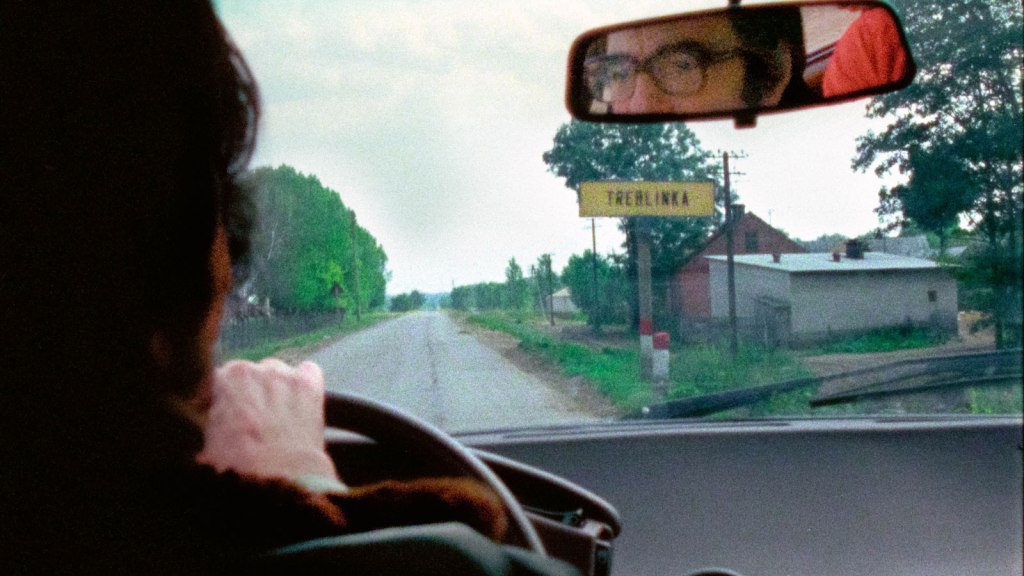
Leave a comment